Mechanical filtration is one of the three types employed to make sure that aquarium water is of optimum quality. However, its benefits are oftentimes overlooked, simply because it plays a minor role in the total filtration process.
While mechanical phase may not be the “star” of the filtration process, it is nevertheless important. To understand its significance, a quick peep at the three types of filtration might help.
As one’s knowledge grows, one understands better that filtration is a process and not just one gadget.
3 TYPES OF FILTRATION
Each kind is differentiated from the other based on purpose.
MECHANICAL FILTRATION
This is a process that traps and removes solid waste matter from the water column to prevent further decay.
BIOLOGICAL FILTRATION
Biological filtration is the heart of every filter system. It allows beneficial bacteria to thrive in the filter material where they biologically process toxic organic waste products into less poisonous substances.
CHEMICAL FILTRATION
This is the process of removing dissolved particulates from the aquarium via specialized filter materials, such as activated carbons, resins, and other adsorbents.
A FOCUS ON BIOLOGY
Biological filtration is without a doubt the most important type. An aquarium should have it; otherwise it doesn’t have a proper filter. Since an aquarium is an enclosed ecosystem where inhabitants create biological waste products that cause water to deteriorate in quality, one would need a gadget to process the water and make it habitable for its organisms – and biological filtration does this.
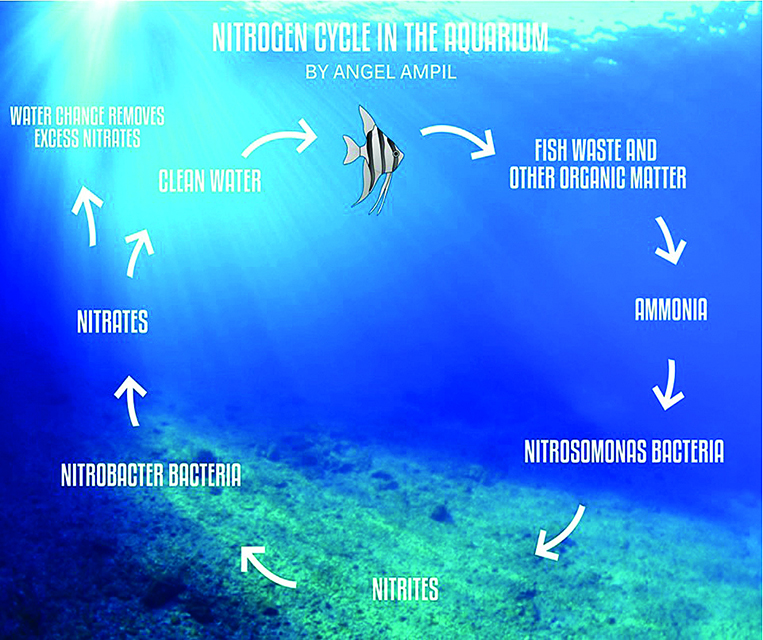
THE NITROGEN CYCLE
One has to fully understand the principles of the nitrogen cycle. I believe that knowing this cycle should be basic knowledge for anyone who cares for fishes. The nitrogen cycle is a process that occurs in your filter where organic waste that is harmful to fishes is broken down to less toxic substances. As part of the aquarium setup, the filter is a gadget where this process takes place. Specifically, this occurs in the filter chamber, which has filter materials that act as biological media where beneficial bacteria live. Beneficial bacteria are responsible for processing the water. These bacteria are aerobic – that means they need oxygen to live. Life-giving oxygen is supplied to the beneficial bacteria through water movement created by the pump of the filter.
BEST SUPPORTING ACTOR
As mentioned, mechanical filtration is not the star of the show, but it is certainly the best supporting actor. To fully appreciate its worth, one has to focus on its purpose: It is a process that traps solid waste matter, which is then removed from the water column to prevent further decay.
The concept is really simple. If a biological waste matter is in the aquarium, it has to be removed from the tank so that it cannot rot in the water. It makes perfect sense, right?
A clear example is when a fish dies. If the fish stays in the tank, the body will decay and turn into ammonia, which is poisonous to other fishes. Once the dead fish is removed with a net, it is prevented from spoiling the water. This is what mechanical filters are for: They gather organic waste and remove them from the aquarium so they no longer contribute to the deterioration of water quality.
While netting out organic waste in the form of broken-off leaves from plants, leftover food, fish feces, and the like can be done, it is impossible for one to stay in front of the tank 24 hours a day. With mechanical filtration, one can collect these solid organic wastes in a more systematic way. After all, 100% of aquarium water passes through the filter many times over the course of the day. Why not take advantage of this reality and collect the solid organic wastes as they pass through the filter?
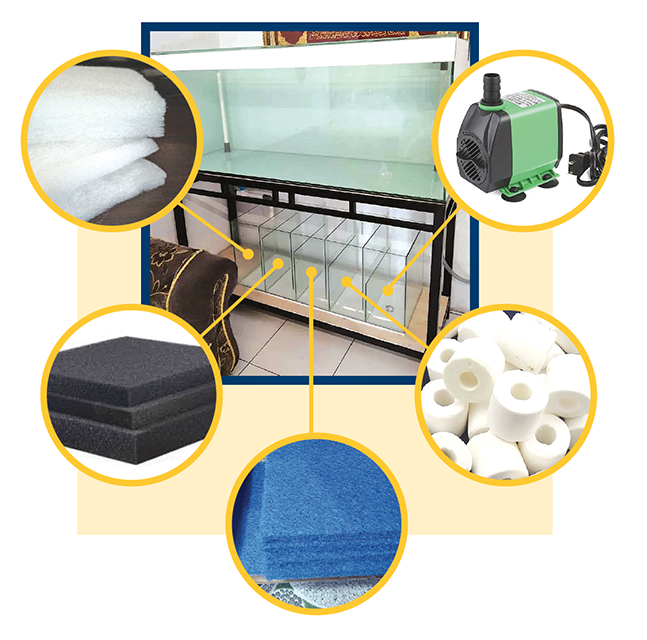
MECHANICAL FILTRATION IN SUMP FILTERS
Mechanical filtration is most commonly employed in sump filters. Sump filters are more often used for large aquariums because there aren’t any commercially available filters suited for tanks over 200 gallons.
The sump filter is multi-chambered, and it is placed below the aquarium. Water from the aquarium enters and passes through multiple filtration chambers, and the processed water is returned to the aquarium using a pump.
The first chamber in the sump filter is dedicated to mechanical filtration. The purpose of the first chamber is to trap organic waste and throw them away. The first chamber must therefore be filled with filter materials capable of collecting solid wastes and should be easy to rinse off. Examples of filter material with these characteristics include white fiber fill, foam, plastic filter noodles, and filter brushes.
To ensure that the first chamber functions efficiently, it must be cleaned once or twice a week. That way, whatever organic materials the filter materials have collected will be discarded from the system and prevented from rotting in the water.
If the first chamber isn’t cleaned regularly and periodically, then it defeats the purpose because the organic matter collected will decay in the system, contributing to the bioload of the tank, which the biological filter will then have to process, in essence converting the first chamber into a biological filter as well.
STAR OF THE SHOW
Biological filtration occurs when the nitrogen cycle is completed. The cycle starts when aquarium inhabitants create organic waste products. These rot in the water and turn into ammonia, a highly poisonous substance for fishes. If the conditions in your filter are right, a species of beneficial bacteria, the Nitrosomonas, will process ammonia into a less toxic substance: nitrites. Another set of beneficial bacteria called Nitrobacter will convert nitrites into nitrates, which are less toxic substances.
The process makes the water in the aquarium less poisonous for the fishes in spite of the organic wastes that they make. It takes about 30 days for the filter to be biologically mature and capable of fully cycling the tank.
In essence, biological filtration is the most important type that ensures the good health of fishes. It makes the tank habitable for them, making it the so-called star of the show. This is why those who care for fishes should have efficient biological filtration.
And while biological filtration is the most important type, chemical filtration is the least important. It has a mere cameo role in the total filtration process. One can actually have a successful tank even without proper chemical filtration. But for the more difficult and challenging fishes to keep, chemical filtration may provide the necessary conditions to keep these demanding fishes alive.
SKIP THESE FILTERS!Below are examples of filter materials that make poor mechanical filters.
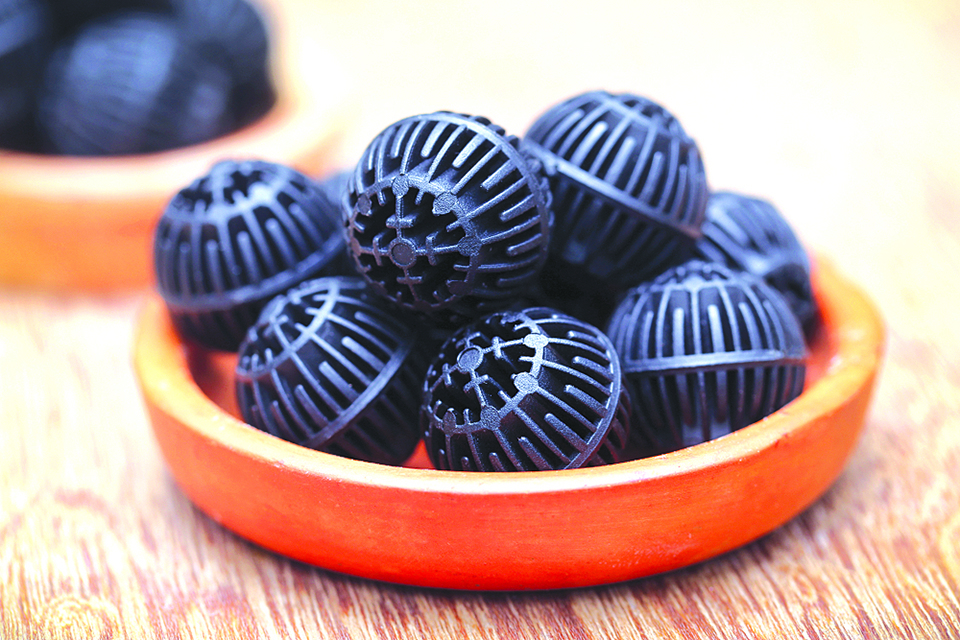
• BIOBALLS
These cannot collect solid wastes efficiently.

• CERAMIC RINGS
Ceramic rings are difficult to rinse off.
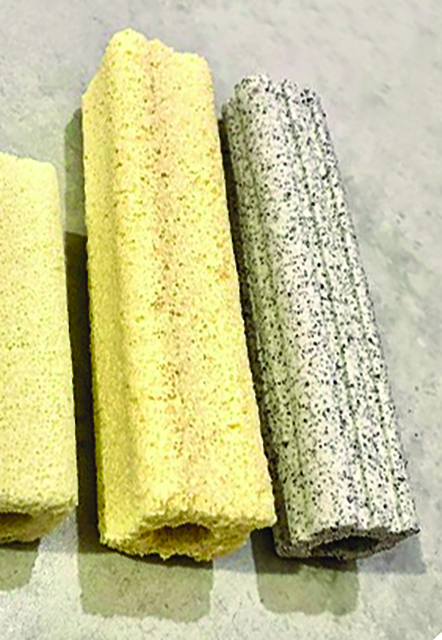
• BAKKI ROLLS
These cannot collect solid wastes and are difficult to rinse.
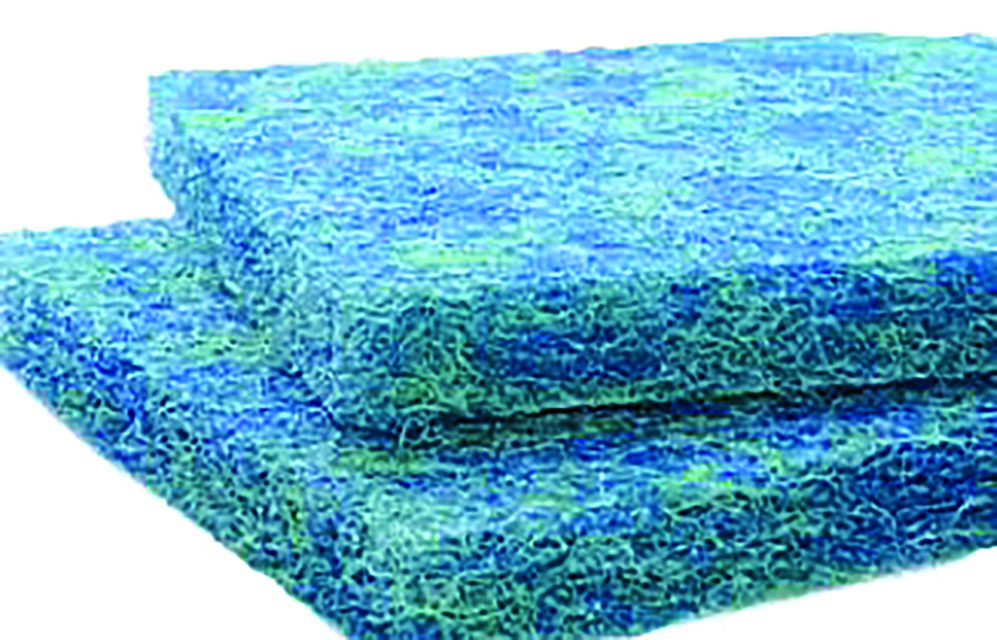
• JAPANESE MATS
Japanese mats cannot collect solid waste efficiently.

• K1 FILTERS
They cannot collect solid waste and are also difficult to rinse off.
If the filter material cannot collect solid waste well and do not allow easy rinsing, skip them altogether.
ARE COMMERCIAL FILTERS CAPABLEOF MECHANICAL FILTRATION?Unfortunately, no. Most commercially available filters are simply biological filters. Sponge filters, overhead filters, box filters, canister filters, and trickle filters only have biological filtering capabilities.
But for some of the above, you can incorporate a simple mechanical filter. For overhead filters, you can put a layer or two of white fiber fill on the top of the filter materials.
The same can be done with the trickle filter. Use white fiber fill on the topmost trays. For box filters, fill them with white fiber fill and affix to the tank.
Just remember that in all three types of filter, the white fiber fill must be rinsed once or twice a week. Otherwise, they cannot function as mechanical filters and will resort to biological filtration instead.
ADVANTAGES OF EFFICIENT MECHANICAL FILTRATION
Having an efficient mechanical filter poses many benefits to the aquarium.
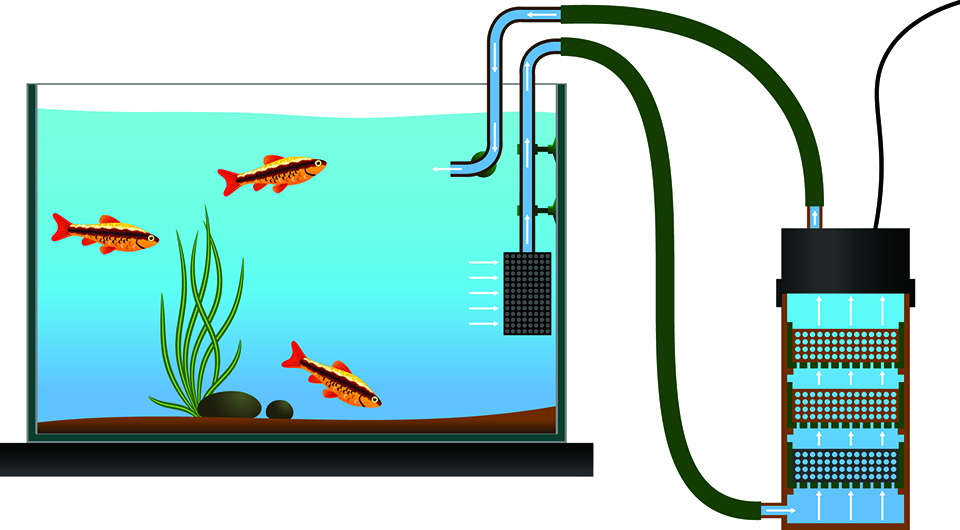
NO PARTICULATE FLOATERS
If you have a mechanical filter installed in your system, you will not have any particulate matter floating around in your tank. Your aquarium will be devoid of tiny dust-like particles floating around that can be annoying to look at. You will have a clean, crystal clean water in your tank.
LESS BIOLOAD
Because you are preventing organic matter from decaying in the aquarium, biological filtration has less bioload to process. This greatly reduces the chances of an ammonia spike caused by high bioload and inefficient filtration. Ammonia spikes can be dangerous to your fishes and can wipe out the entire tank!
CLOGGINGIS PREVENTED
Since you have discarded all solid waste from your filter system, you are sure that the filter media is not clogged with gunk. If your mechanical filters are very efficient, you don’t even have to clean your biological filter materials often.
It is so much easier to clean the components of mechanical filters than those of biological ones. The downside is that you have to clean often, and it should be finished in an hour or two. On the other hand, cleaning the biological filter is even more tedious: You will have to ensure that you’re free the whole afternoon, because you are in for a huge undertaking.
FRIENDLY REMINDER
If you are using a commercially available filter, then you may not have a mechanical filtration component. But if you can install one in your tank, you can greatly aid the filter system and make biological filtration more efficient.






